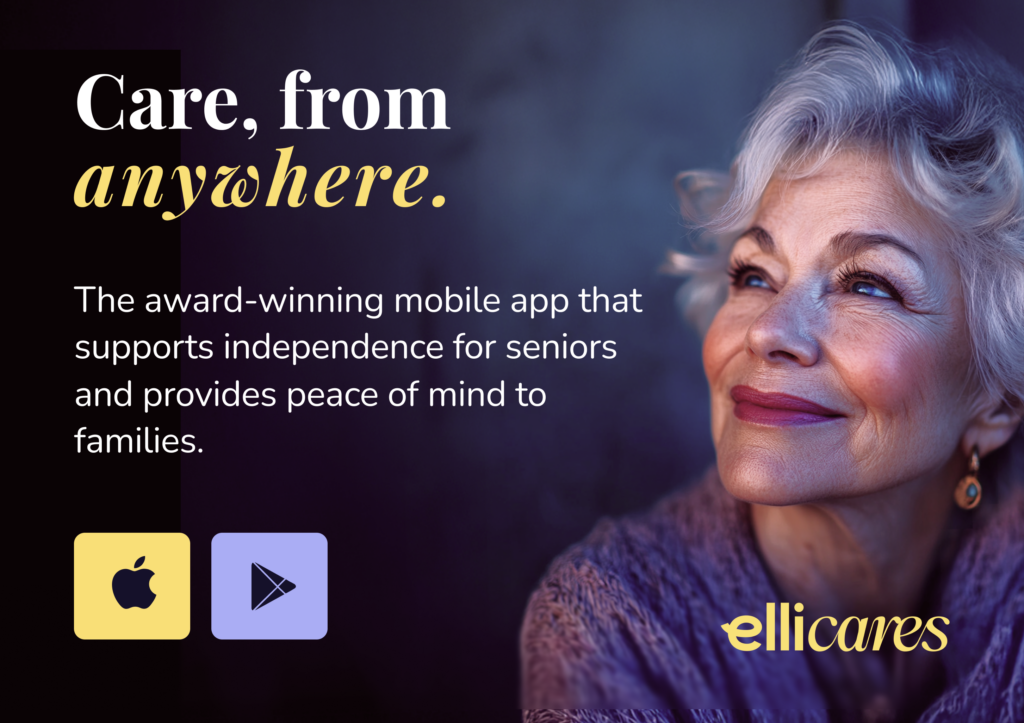Caregivers are often the invisible backbone of healthcare systems.
Across the world, millions of family members and friends provide unpaid care to aging parents, partners with dementia, and loved ones with chronic illnesses - often at great personal cost. Yet, public health campaigns have historically focused on patients, diseases, and prevention efforts, while overlooking the essential role and needs of caregivers themselves.
It's time for that to change.
Here’s why caregivers deserve a larger spotlight in public health efforts - and how campaigns can be reimagined to genuinely support the people holding so much together behind the scenes.
Why Caregivers Matter in Public Health
Family caregivers don’t just support individuals - they hold up entire communities.
They:
- Help prevent hospitalizations
- Enable aging in place
- Manage complex care needs at home
- Reduce strain on public healthcare services
According to the Family Caregiver Alliance, unpaid caregivers provide the equivalent of hundreds of billions of dollars' worth of care each year - yet they often face isolation, financial hardship, and deteriorating health without recognition or resources.
Where Public Health Campaigns Fall Short
Traditional public health efforts tend to:
- Focus solely on the patient (e.g., Alzheimer's disease awareness)
- Emphasize early detection without acknowledging caregiver stress
- Offer resources for prevention but not for ongoing caregiver support
- Lack diverse representation of what caregivers actually look like (age, gender, cultural background)
👉 Related reading: How to Support Aging Parents Without Taking Over
How Campaigns Can Truly Serve Caregivers
Here’s how public health efforts can do better - and build healthier communities in the process:
1. Include Caregivers in the Message
Caregivers aren’t side characters - they are central to health outcomes.
Campaigns should:
- Acknowledge caregiver roles openly (“Are you caring for a loved one with dementia? You’re not alone.”)
- Feature real caregivers in materials and videos
- Speak directly to caregiver challenges (burnout, mental health, financial strain)
Visibility matters. Caregivers need to see themselves recognized - not as invisible heroes, but as people who need support too.
Take a look at the CDC's article on Caregiving as a Public Health Strategy
2. Offer Practical, Accessible Resources
Caregivers are busy, often stressed, and time-poor.
Public health campaigns should focus on:
- Simple, downloadable guides on stress management
- Lists of respite services and local caregiver networks
- Workshops or webinars that fit around caregiving schedules
- Mental health resources specifically for caregivers
It’s not enough to say “take care of yourself” - campaigns must make it easier.
3. Address the Emotional Labor of Caregiving
Caregiving isn’t just physical - it’s emotional and mental too.
Campaigns could:
- Normalize caregiver grief, frustration, and guilt
- Provide peer support group information
- Promote mindfulness, self-compassion, and mental health check-ins
- Share real stories of the ups and downs of caregiving, not just the inspirational moments
👉 Related Reading: Setting Boundaries as a Caregiver: Why it Matters
4. Recognize Diverse Caregiving Experiences
Caregiving looks different across cultures, communities, and family structures.
Public health messages must reflect:
- Cultural variations in caregiving expectations
- Younger caregivers (many under 40)
- Male caregivers (often overlooked)
- LGBTQ+ caregiving relationships
- Caregivers balancing full-time jobs or raising children (the "sandwich generation")
Inclusive campaigns resonate deeper - and reach those who might otherwise feel unseen.
5. Empower Caregivers With Technology
Technology, when introduced carefully, can ease the burden.
Campaigns should highlight:
- Apps for medication tracking and reminders
- Smart home devices to improve safety
- Tools like Elli Cares for staying connected with loved ones and managing day-to-day caregiving
Helping caregivers integrate simple tech into their routines can enhance both caregiving and quality of life.
The Bigger Picture: Healthier Caregivers, Healthier Communities
When caregivers are supported:
- Patients fare better
- Healthcare systems save money
- Communities remain stronger and more resilient
Public health isn’t just about curing diseases - it’s about strengthening the social and emotional fabric that holds society together.
Supporting caregivers is public health.
Caregivers are doing life-saving work every day - often quietly, often without help.
Public health campaigns have the power to lift them into visibility, offer tangible support, and normalize asking for help.
It’s not enough to simply recognize caregivers once a year on a special awareness day.
They need ongoing support, tailored resources, and acknowledgment that their health and well-being matter too.
Because when caregivers thrive, everyone benefits.








